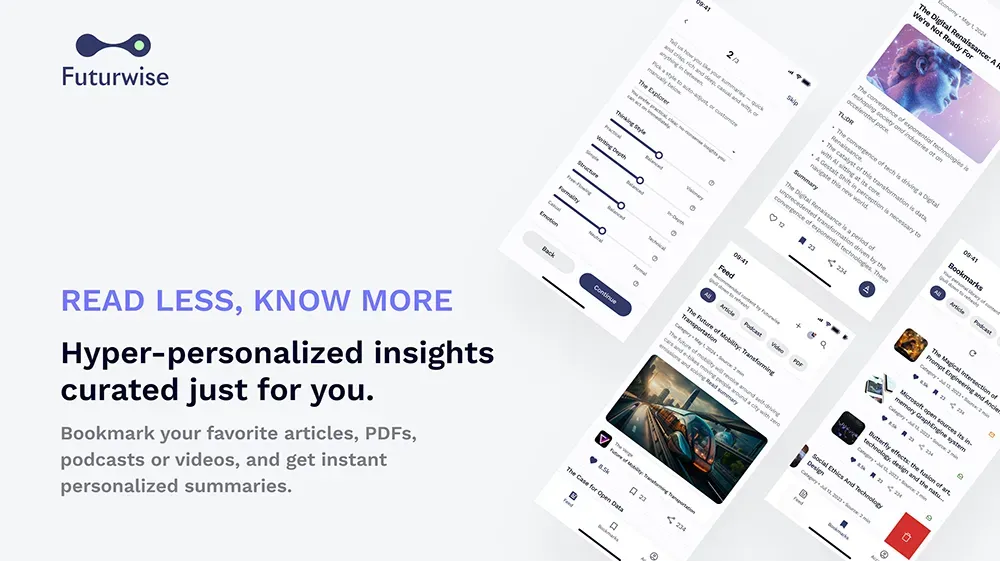Llama’s Leap: How Open Source Revived Meta

Can a free AI model make billions? Mark Zuckerberg is betting Meta’s future on it — and it’s working.
In a bold pivot, Meta has rebuilt its strategy around the Llama AI models, with open-sourcing at the core. Initially criticized for its metaverse failures, Meta shifted gears in 2023 with the release of Llama 2, an open-source alternative to GPT-4.
Zuckerberg’s gamble? Give away the model for free to catalyze innovation and attract top talent. With Llama 3 outperforming rivals in speed and accuracy, Meta has embedded AI into products like Ray-Ban smart glasses and WhatsApp while empowering developers globally.
However, this strategy has risks. Critics fear misuse, and investors wonder when profits will justify the $40 billion annual AI spend. Despite these hurdles, Meta’s open-source move accelerates innovation and positions Llama as a potential industry standard.
- Llama powers Meta’s consumer-facing AI products.
- Open-source fuels global innovation but raises ethical questions.
- Meta’s massive investment pressures future revenues.
Can open-source AI democratize technology while driving Meta’s bottom line, or is this a risky tech utopia?
Read the full article on Fortune.
----
💡 We're entering a world where intelligence is synthetic, reality is augmented, and the rules are being rewritten in front of our eyes.
Staying up-to-date in a fast-changing world is vital. That is why I have launched Futurwise; a personalized AI platform that transforms information chaos into strategic clarity. With one click, users can bookmark and summarize any article, report, or video in seconds, tailored to their tone, interests, and language. Visit Futurwise.com to get started for free!






